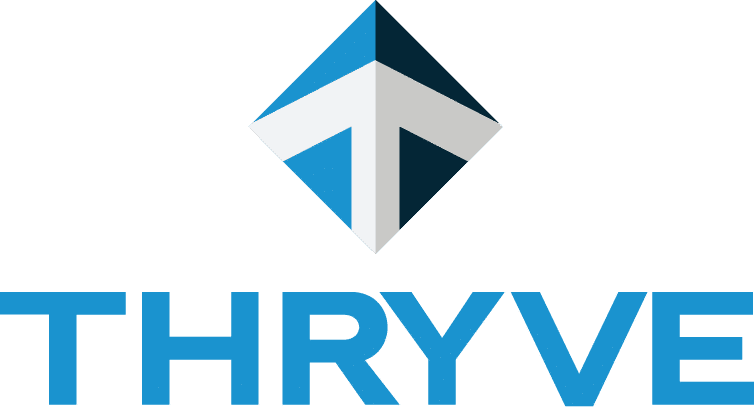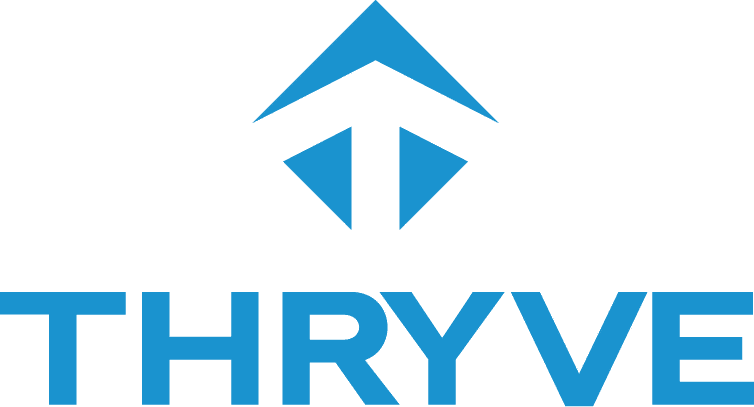
Business Challenges:
Small businesses need cash to invest in their infrastructure, systems and people. The cash can either come from the owner, equity investors or debt. Many businesses choose a mix of debt and equity to meet their financing needs.
Debt interest and principal payments are a fixed amount each month representing a potentially substantial cash impact to the business.
Owners utilize various debt options to fund their business: accounts payable, credit card, SBA debt, bank debt, external investor debt.
Negative Impact to Business Cash Flow:
Adding new debt is the easy part. Paying back the debt is the tougher part. Many business owners take on as much debt as they can instead of planning how much debt they actually need for working capital and investments. They spend the money freely assuming they are cash flow rich. The business is left with a mountain of debt to repay after the party is over.
Interest payments are a fixed cost each month. The business needs to generate enough cash flow to pay operating expenses plus cover the interest cost. Otherwise, the business will need to borrow to cover the interest payments leading to a dangerous spiral.
Banks and other institutions may provide an option for a business owner to choose a variable or fixed interest rate. Variable interest rates are often lower than fixed at the specific time, but carry the risk of a higher potential interest rate if the central bank raises interest rates.
Actions you can take:
- Before you take on a new loan, calculate your cash flow needs over the next 12 months including new operating expenses, working capital and financing costs. Consider multiple scenarios such as most likely, best case and worse case. Do you really need the loan? Only take on the debt where your business’ return will be greater than the cost of the debt.
- Review your current debt stack laying out the principal, monthly payments and interest rate for each type of debt. Do you have a significant amount of high interest (ex. credit card) debt that rolls over each month? Consider accessing other debt or equity to eliminate the high interest debt. What is the interest rates you are paying on your debt compared to current interest rates? Consider refinancing to new lower interest loans.
- Each different debt vehicle has advantages and disadvantages. Use different types of loan instruments depending on your needs. Think broader about your options instead of the traditional term loan. Every person’s situation is unique and should be evaluated independently, but one business may have multiple types of loans outstanding at a given time. For example,
- a line of credit for short term bridge financing for working capital
- a secured term loan for an equipment purchase
- convertible debt for business financing of an expansion into a new geography
Coming up: Expense Management
Wishing you continued success and growth this month!

